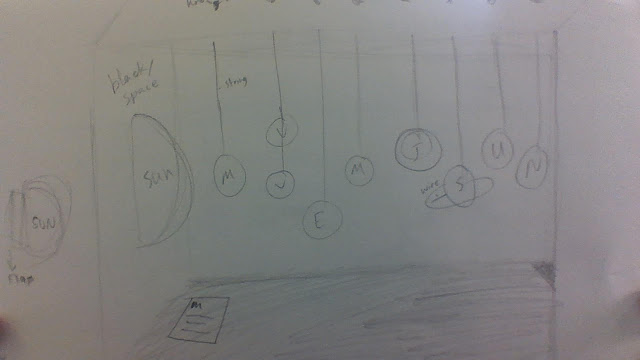Mars Information report
The terrestrial planet Mars used to have a past like Earth; the surface covered in water. All that water is said to be frozen now. Mars has never and probably won’t have as much life as Earth anytime soon, but who said we couldn’t try?
You can read further for more information on Mars’ formulation and its current status.
Mars current status
 Mars - otherwise known as ‘The Red Planet’ - is covered in its iron-rich dust. The dust makes the landscape of the planet appear red. All that dust covers 144.8 million km² of ground.
Mars - otherwise known as ‘The Red Planet’ - is covered in its iron-rich dust. The dust makes the landscape of the planet appear red. All that dust covers 144.8 million km² of ground.
Like Earth, Mars is in the habitable zone where it’s not too far from the sun, but not too close to it either. Mars is the fourth planet from the sun, being the next planet behind Earth.
Unlike Earth, Mars has two moons, not one. Phobos is Mars' closest orbiting moon, it orbits 3,700 miles - 6,000 km - from Mars’ surface, and only takes 8 hours. Phobos is smaller than our full moon by about a third.
Mars’ other moon - Deimos - takes 30 hours to orbit. The name Deimos comes from ancient Greek mythology. He was the son of Ares and Aphrodite, along with Phobos, his twin brother. Deimos was the personification of terror, his name meaning dread.
Over the past few years Nasa has been sending machines called a rover to Mars. So far they’ve already sent five, each one having a name. The names of the five rovers are: Sojourner, Spirit and Opportunity, Curiosity, and Perseverance.
These rovers have a specific job which is to roam on the surface of Mars. Their main objective is to search for and characterize a variety of rocks and soils that hold clues to past water activity. It also helps scientists understand the different parts and places on the planet.
As of June 2021 all the rovers have died but Curiosity. They all managed to do as tasked though. Curiosity is still up and working around Mars. It’s currently been active since its landing; making it 3143 sols (3229 total days; 8 years, 307 days) old/active.

Mars’ formulation
In the past about 4.5 million years ago, the solar system setted into the layout it is currently in. Dust and swirling gas was pulled in by gravity creating Mars; the fourth planet in the solar system. Like all the other terrestrial planets Mars too, has a central core, rocky mantle and a solid crust.
Mars’ dense core is made out of iron, nickel, and sulfur. The core sits at its center about 930 and 1,300 miles (1,500 to 2,100 kilometres) in diameter.
Researchers have found out - after analyzing for about three years - that Mars’ core has not been cooled to a solid iron completely. Instead the core's interior is made up of a completely liquid iron core or a liquid outer core with a solid core inside.
Covering up Mars’ core is its mantle. It’s been said that Mars’ mantle is about twice as rich in iron as the Earth’s mantle. The mantle is primarily made up of silicon, oxygen, iron, and magnesium. The mantle is approximately 770 to 1,170 miles (1,240 to 1,880 km) thick, that is according to NASA.
In Mars’ earlier years, the surface was discovered to maybe have possessed liquid water that covered the entire surface. The water was approximately equivalent to half the volume of the Atlantic Ocean, the water was perhaps up to nearly a mile (1.5 km) deep.
Conclusion
This red planet still has a long way to go for there to be life. But when there is, wouldn’t it be cool to live there?
